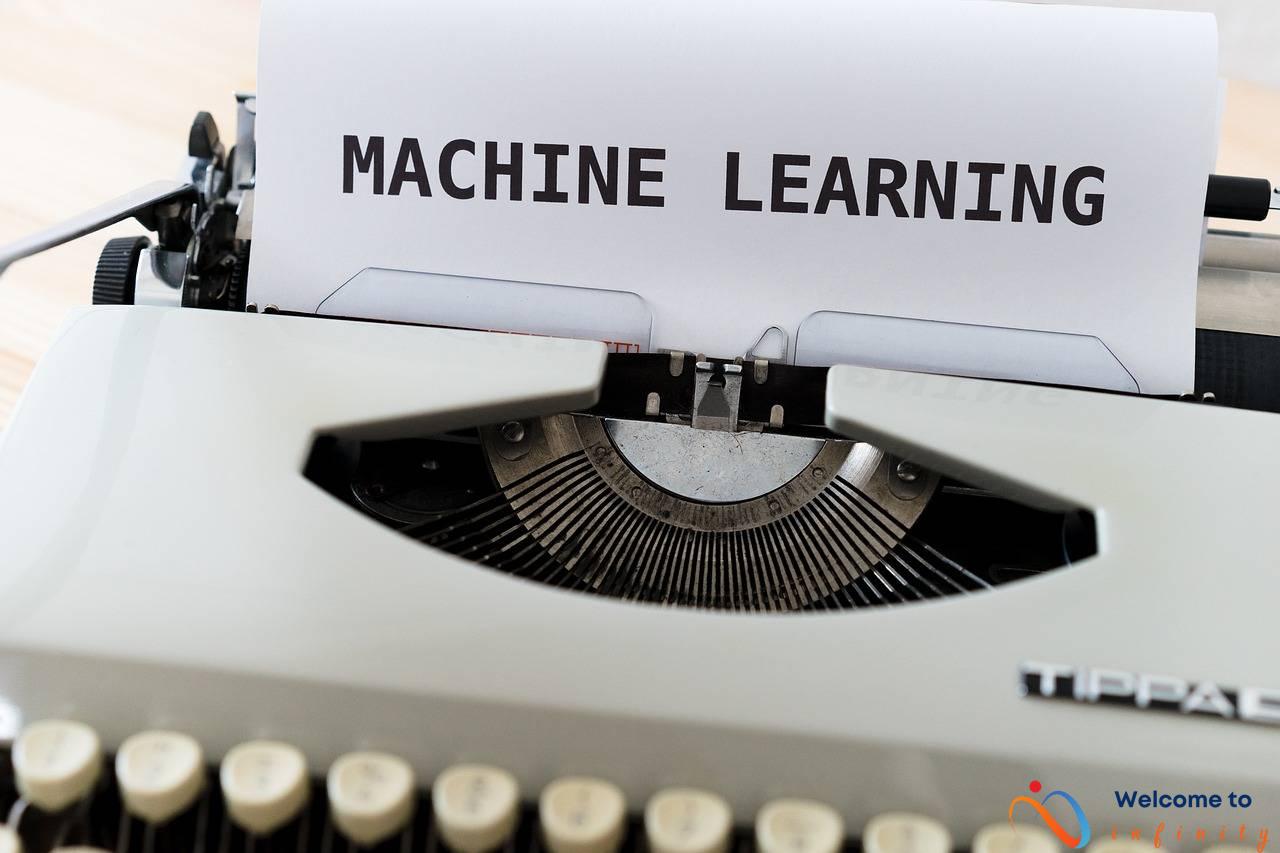Named Entity Linking (NEL) is a crucial task in natural language processing that involves identifying named entities mentioned in text and linking them to unique entities in a knowledge base. By doing so, a deeper semantic understanding of the text is achieved, which improves the accuracy of downstream applications. In other words, NEL is essential because it enhances the overall performance of many natural language processing applications that rely on understanding the context of the text.
NEL has a wide range of applications in various fields like question-answering, text classification, information retrieval, media monitoring, and social media analysis. For instance, NEL can be used to extract relevant entities from news articles or to recommend products to users based on their preferences and related entities. Additionally, NEL has significant applications in knowledge management, where it can help users navigate through large amounts of textual information, making it easier to understand and interpret it.
The importance of NEL is growing rapidly as more businesses and organizations are relying on large amounts of unstructured text data to extract insights. The demand for scalable and accurate NEL approaches is increasing, which has led to many advancements in the field, such as deep learning and hybrid approaches like graph-based methods.
Overall, NEL is a powerful tool that can help businesses and organizations extract insights from unstructured text data. With the increasing demand for accurate and scalable NEL systems, the field is expected to continue growing, and we can expect to see exciting developments in the future, including the use of multi-lingual knowledge bases and domain-specific knowledge bases.
What is Named Entity Linking?
Named Entity Linking (NEL) is a natural language processing task that involves identifying named entities such as persons, organizations, and locations, mentioned in a text and linking them to a unique entity in a knowledge base. The linking process involves identifying the named entity and mapping it to an entry in a knowledge base, such as Wikipedia or Freebase. NEL is essential for providing a deeper and more accurate understanding of text semantics.
The linking process is performed by extracting contextual features, such as the surrounding words, the relationship between the entity and the document, and the type of entity. The entities are mapped to knowledge bases based on their surface form or a set of semantic features.
The importance of NEL lies in its ability to enhance the semantic understanding of text. By linking entities to knowledge bases, it is possible to obtain a more detailed and structured representation of text semantics. This not only improves the accuracy of downstream applications such as text classification, question answering, and information retrieval but also enables more advanced applications such as recommendation systems and semantic search. Additionally, NEL can be used for summarizing news, identifying trends, and clustering similar entities.
There are several approaches to NEL, ranging from rule-based approaches to machine learning-based approaches. Machine learning techniques, such as deep learning, entity embeddings, and graph-based methods, have shown significant improvements in NEL accuracy in recent years. Furthermore, the future of NEL lies in the integration of deep learning techniques with hybrid approaches, the use of multi-lingual knowledge bases, and the use of domain-specific knowledge bases.
Importance of Named Entity Linking
Named Entity Linking (NEL) plays a vital role in various natural language processing tasks, including question-answering, text classification, and information retrieval. Through NEL, named entities mentioned in a given text can be connected to unique entities in a knowledge base, resulting in a more profound semantic understanding of the text and improved accuracy in downstream applications.
For example, NEL can help in question-answering systems by identifying relevant entities and linking them to their corresponding knowledge base entries, making it easier to provide accurate answers. In text classification, NEL can be used to distinguish between different types of entities and provide better categorization of documents. In information retrieval, NEL can enhance search results by linking search queries to relevant entities in the knowledge base and returning more accurate results.
The importance of NEL is also evident in fields like news summarization and e-commerce recommendation systems. In news summarization, entities can be identified, and their relevant information extracted to create short and accurate summaries. In e-commerce recommendation systems, linking user preferences to their related entities can lead to more accurate recommendations and higher customer satisfaction.
Overall, NEL improves the semantic understanding of text data and enhances the accuracy of several downstream applications, making it a crucial component of natural language processing.
Approaches to Named Entity Linking
Named Entity Linking systems employ various approaches to link named entities to knowledge bases. These approaches include:
- Rule-based approach: This approach involves manually crafted rules to identify and link named entities to knowledge bases. It relies on domain-specific knowledge and is often limited to specific types of named entities.
- Machine learning approach: This approach involves using machine learning algorithms to learn patterns from data and automatically link named entities to knowledge bases. Machine learning techniques like deep learning, entity embeddings, and graph-based methods have shown promising results in recent years.
- Hybrid approach: This approach combines both rule-based and machine learning approaches to enhance the accuracy of named entity linking.
Machine learning techniques have gained popularity due to their ability to handle complex language patterns and adapt to new data. For instance, deep learning models like Convolutional neural Networks (CNNs) and Recurrent Neural Networks (RNNs) can learn representations of named entities and their context in a given text. Entity embeddings and graph-based methods can also link named entities based on their relationships with other entities in a knowledge base.
In general, the choice of approach depends on the data and requirements of the task at hand. while rule-based approaches may be useful in specific domains, machine learning approaches are more flexible and can handle a wider range of named entities and contexts.
| Approach type | Advantages | Disadvantages |
|---|---|---|
| Rule-based | Domain-specific knowledge, High precision | Low recall, Limited to specific types of named entities |
| Machine learning | Automatic learning from data, High recall, Flexible | Requires large annotated datasets, May suffer from overfitting or generalization problems |
| Hybrid | Combines advantages of rule-based and machine learning approaches, Enhanced accuracy | May require more resources |
Applications of Named Entity Linking
Named Entity Linking has numerous applications in various fields. One such application is in knowledge management, where NEL is used to automatically create and update a database of known entities. This helps in categorizing and organizing knowledge for efficient retrieval.
Another application of NEL is in recommendation systems, where it is used to analyze user preferences and suggest relevant products or services. By linking entities mentioned in user preferences to those in a knowledge base, recommendation systems can make accurate suggestions.
NEL is also used in natural language understanding for various tasks like sentiment analysis and text classification. By linking named entities to knowledge bases, NEL enhances semantic understanding and improves the accuracy of these tasks.
One unique application of NEL is in news summarization, where it is used to identify and extract relevant entities from news articles. By summarizing news according to these entities, news summarization algorithms can generate accurate and concise summaries.
- In e-commerce, NEL can be used to recommend products based on the user's preferences and their related entities.
- In the healthcare sector, NEL can be used to extract relevant medical information from patient records and link them with the latest medical research.
- In finance, NEL can be used to analyze financial data and predict market trends based on company or individual entities.
The applications of Named Entity Linking are endless and the technology is expected to become more prevalent as more data becomes available online.
Challenges of Named Entity Linking
Named Entity Linking (NEL) poses several challenges that must be addressed to improve the accuracy of downstream applications. One of the most significant challenges is dealing with ambiguity. Named entities can have different meanings depending on the context they are used in, making it challenging to match them to unique entities in a knowledge base.
Another challenge is entity disambiguation. In some cases, multiple entities with the same name exist in a knowledge base, and it is challenging to determine which entity a named entity mentioned in text refers to. Exploiting context to disambiguate entities can help address this challenge.
NEL also faces the challenge of handling new or unknown entities. In some cases, named entities mentioned in text may not exist in the knowledge base, which makes it challenging to link them to unique entities. Machine learning techniques such as zero-shot learning can help address this challenge.
Additionally, the lack of a single comprehensive knowledge base poses a significant challenge to NEL systems. Different knowledge bases may have different coverage and may focus on specific domains, making it challenging to link named entities to unique entities across a broad domain.
To address these challenges, researchers are exploring different approaches to NEL, such as combining rule-based and machine learning techniques, using multi-lingual knowledge bases, and domain-specific knowledge bases. These developments could help improve the accuracy and scalability of NEL systems, enabling them to handle more diverse and complex texts.
Future of Named Entity Linking
As online text data continues to grow, the need for accurate and scalable Named Entity Linking systems will also increase. One potential future development is the integration of deep learning techniques and hybrid approaches to improve the accuracy of NEL systems. By using entity embeddings and graph-based methods, NEL systems can learn from large amounts of data and improve their performance.
Another important development in NEL is the use of multi-lingual knowledge bases. As businesses expand globally, it's becoming increasingly important to understand text in different languages. Using multilingual knowledge bases will improve the accuracy of NEL systems and allow for better understanding of text in various languages.
Additionally, domain-specific knowledge bases can be used to improve the accuracy of NEL systems for specific fields like medicine, law, or finance. These knowledge bases will contain information specific to these fields and will therefore lead to better entity linking.
In summary, the future of Named Entity Linking looks promising with the integration of deep learning techniques, the use of multilingual knowledge bases and domain-specific knowledge bases. These developments will improve the accuracy and scalability of NEL systems, making them more useful for various industries.









